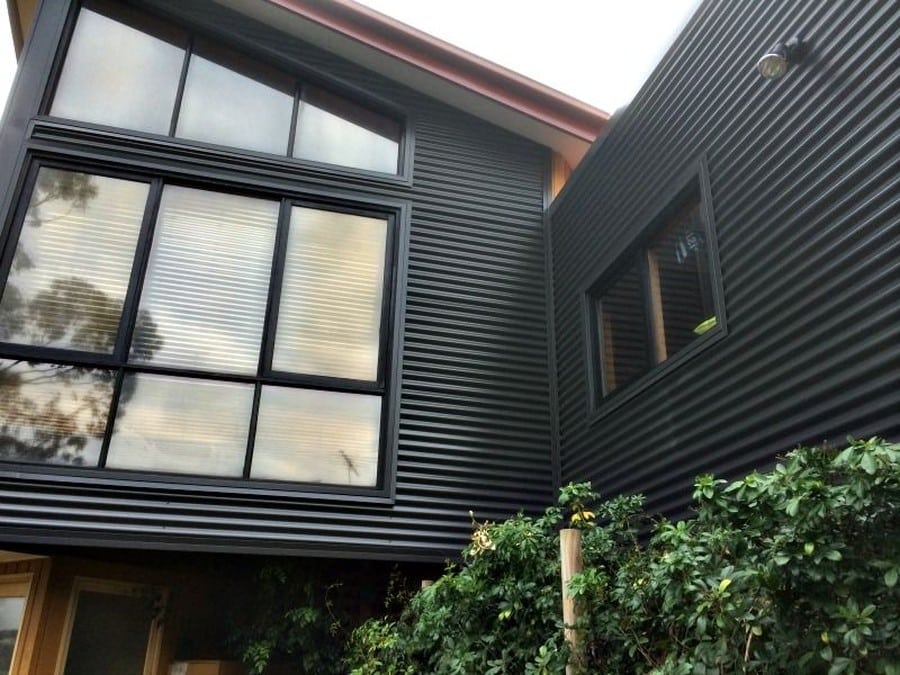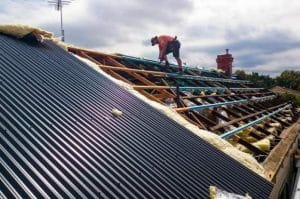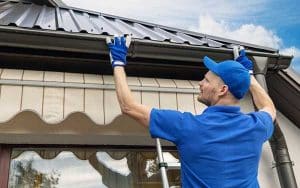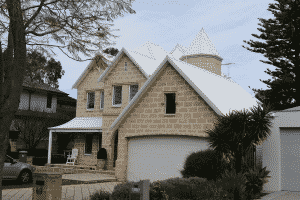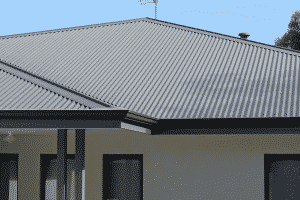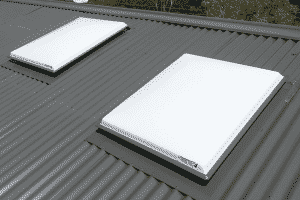Cladding is an essential element of your home’s exterior, offering both aesthetic appeal and protection against the elements. With a wide variety of cladding materials available, it can be challenging to determine which one is the best fit for your home. In this comprehensive guide, we’ll discuss the various types of cladding materials and provide tips on how to choose the right one for your home.
What is Cladding?
Cladding is a protective layer applied to the exterior of a building. It serves several purposes, such as providing insulation, weather resistance, and enhancing the appearance of your home. Cladding materials come in various styles and materials, each with its benefits and drawbacks.
Types of Cladding Materials
1. Vinyl Cladding
Vinyl cladding is a popular choice for homeowners due to its affordability, low maintenance, and versatility. It is available in a wide range of colours and styles, making it easy to find a design that suits your home’s aesthetic.
Pros:
- Affordable
- Low maintenance
- Easy to install
Cons:
- Can fade over time
- Not as durable as some other materials
- May not provide adequate insulation
2. Timber Cladding
Timber cladding is a classic choice for homeowners who want a natural, timeless look for their home. It offers excellent insulation and can be painted or stained to match your home’s exterior.
Pros:
- Natural, timeless appearance
- Good insulation
- Can be painted or stained
Cons:
- Requires regular maintenance
- Susceptible to rot and insect damage
- May not be suitable for fire-prone areas
3. Brick Cladding
Brick cladding is a traditional, durable option that provides excellent insulation and weather resistance. It is available in various colours and styles, allowing you to customise your home’s exterior.
Pros:
- Durable and long-lasting
- Excellent insulation and weather resistance
- Wide range of colours and styles
Cons:
- Expensive
- Can be challenging to install
- Heavy, may require additional structural support
4. Metal Cladding
Metal cladding, such as Colorbond, Zincalume, and Nexteel, is a modern, sleek option that offers durability and low maintenance. It is lightweight, making it easy to install and suitable for various architectural styles.
Pros:
- Durable and long-lasting
- Low maintenance
- Lightweight and easy to install
Cons:
- Can be expensive
- May not provide the same insulation as other materials
- May be prone to denting
5. Fibre Cement Cladding
Fibre cement cladding is a versatile, low-maintenance option that can mimic the appearance of other materials, such as timber or brick. It is resistant to fire, insects, and rot, making it a durable choice for your home.
Pros:
- Low maintenance
- Fire, insect, and rot-resistant
- Can mimic the appearance of other materials
Cons:
- Can be expensive
- Requires professional installation
- May not provide the same insulation as other materials

How to Choose the Right Cladding Material for Your Home
1. Consider Your Home’s Architectural Style
The architectural style of your home plays a significant role in determining the most suitable cladding material. For example, a traditional home may look best with brick or timber cladding, while a modern home may benefit from the sleek appearance of metal cladding. Consider the overall aesthetic of your home and neighbourhood when selecting a cladding material.
2. Evaluate Your Budget
Cladding materials can vary significantly in cost, so it’s essential to consider your budget when making a decision. Vinyl and fibre cement cladding are generally more affordable options, while brick and metal cladding can be more expensive. Keep in mind that some materials may require more maintenance, which can add to the long-term cost.
3. Assess Your Home’s Insulation Needs
Different cladding materials provide varying levels of insulation. If you live in a cold climate or are concerned about energy efficiency, opt for a material that offers better insulation, such as brick or timber cladding. For homes in warmer climates, metal or vinyl cladding may be more suitable.
4. Consider Maintenance Requirements
Some cladding materials require more maintenance than others. For example, timber cladding needs regular painting or staining to protect it from the elements, while metal and vinyl cladding are low-maintenance options. Consider how much time and effort you’re willing to invest in maintaining your home’s exterior when selecting a cladding material.
5. Research Local Building Regulations and Restrictions
Depending on where you live, there may be building regulations or restrictions that impact your choice of cladding material. For example, some areas may have fire safety regulations that require the use of fire-resistant cladding materials. Be sure to research local building codes and consult with professionals, such as the team at Red Tag Roofing, to ensure you choose a compliant material.
6. Consult with Professionals
Working with an experienced cladding professional can help you make an informed decision about the best cladding material for your home. They can provide guidance on the most suitable materials based on your home’s style, location, and your specific needs.
In Conclusion
Choosing the right cladding material for your home is an important decision that can significantly impact your home’s appearance, energy efficiency, and long-term maintenance requirements. By considering factors such as your home’s architectural style, budget, insulation needs, and maintenance requirements, you can select a cladding material that will enhance and protect your home for years to come.
For more information on the various cladding materials and services we offer, visit our services page or contact us at Red Tag Roofing to speak with one of our experienced professionals. We’re here to help you make the best decision for your home’s exterior.

